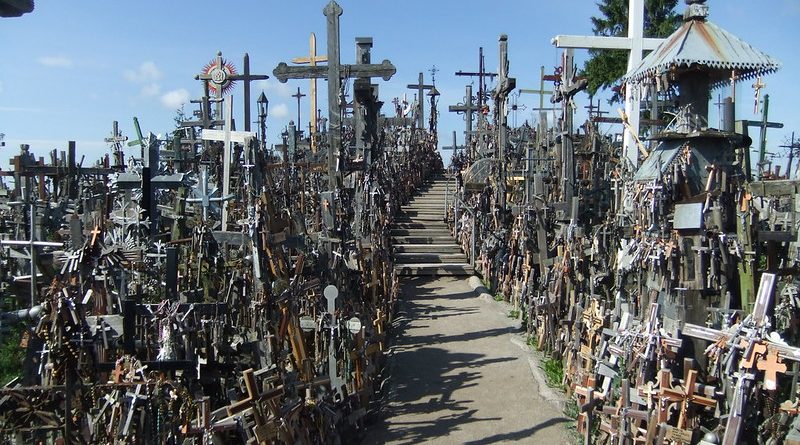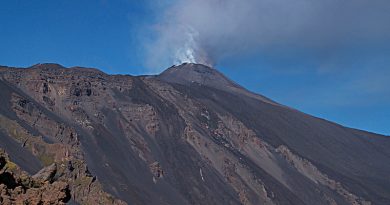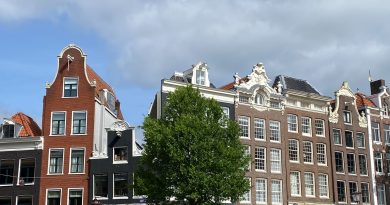The Hill of Crosses
For an insight into Lithuania’s religious beliefs and troubled political past, visit the Hill of Crosses at Siauliai (pronounced shoe-lay). Lithuanians know it as Kryžių Kalnas. This amazing site has been built over hundreds of years by devoted pilgrims from all over the world. Not only crosses, but giant crucifixes, carvings of Lithuanian patriots, statues of the Virgin Mary and thousands of tiny effigies and rosaries have been brought here and assembled into a growing religious tribute that will take your breath away.
The real reason for the Hill’s existence lies buried in Lithuania’s history. The nearby industrial town of Siauliai was founded in around 1230 AD, and was occupied by Teutonic knights during the 14th Century. The first crosses were placed on the Hill during this time, probably to represent the faith and resistance of local Lithuanians against the foreign invaders. Since then, the place has come to signify the peaceful endurance of Lithuanian Catholicism despite the threats it has faced throughout history.
Invaded by Russia in 1610, Lithuania disappeared altogether in the Partitions of Poland carried out between1772 and 1796. When the political structure of Eastern Europe fell apart in 1918, Lithuania once again declared its independence. Throughout this time, the Hill of Crosses was used as a place for Lithuanians to pray for peace, for their country, and for the loved ones they had lost.
Most recently, the site took on a special significance during the years 1944 to 1991, when Lithuania was officially part of the Lithuanian Soviet Socialist Republic of the Socialist USSR. Continuing to travel to the Hill and leave their tributes, Lithuanians used it to demonstrate their allegiance to their original identity, religion and heritage. Although the Soviets worked hard to remove new crosses almost as soon as they arrived, and bulldozed the site at least three times, by 1985 they had given up and Hill of Crosses flourished again.
The Hill of Crosses is a peaceful and thought-provoking place to visit, and you can take your time wandering through the tributes and statues or read messages and prayers left by the pilgrims. You’ll also gain a moving insight into Lithuania’s troubled political past. Visitors to the site are usually thoughtful and quiet and you’re expected to act in a respectful way – remember that pilgrimages to this site are still happening today. Try to visit on a clear, sunny day when you’ll be able to spend plenty of time looking at the works of art, messages and images you will find here.
The crosses are as varied as the visitors who come to see them. Some are carved from wood, others are made from metal or simply plaster. Dramatic crucifixes stand poignantly among the tributes, some of them many feet tall. Many carry inscriptions left by pilgrims, and those crosses planted long ago are festooned with tokens of prayer left by later visitors, such as pictures of loved ones or national heroes, and sometimes tiny portraits of favoured saints. If there’s a breeze in the air, you’ll hear the magical music of rosaries, bells and other hanging tributes chiming together as you approach.




